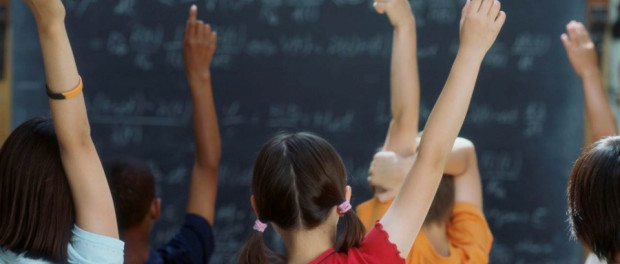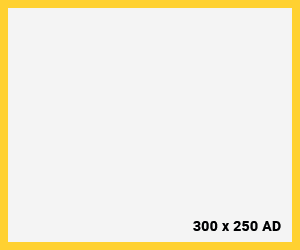It was my second year teaching. A year 9 English classroom, and the class was viewing the film Billy Elliot. Towards the end of the film, there’s a scene when Michael, Billy’s friend, places a friendly kiss on his lips as a show of affection. The mood of the class suddenly changed. Michael became a point of fascination and intrigue, and one child from the back of the room uttered the words ‘I wanna hit him’.
Yes, Michael was a gay character, and it was difficult to combat against some of the snide remarks that ensued over the course of teaching the unit. Despite the film’s theme about overcoming gender stereotypes, Michael’s identity as a homosexual became a curious source of fascination for students.
I can only imagine what it would have been like for a child identifying as homosexual or transgender sitting in the room. Every fear about their supposed difference would have been confirmed. Of course such comments were reprimanded, but only so much can be done when the prevailing culture in the student body is one of intolerance and ignorance.
In my eight years of education I can confidently claim that school would be a confronting environment for a child identifying as anything other than heterosexual. The current campaign against the SafeSchools program, led by conservative senator Cory Bernardi, contends that it ‘indoctrinates’ kids to conform to a homosexual agenda. Yet what he fails to realise is that these students, everyday, feel pressure to conform to a heterosexual lifestyle.
I have witnessed students experience severe anxiety due to their sexuality, often resulting in prolonged absences and an interrupted education. The process of ‘coming out’ for an adolescent can be a traumatic experience where the feeling is more one of resigned acceptance of their sexuality rather than a celebration of expressing their identity.
I’ve heard stories of adolescents saying that if they could be another way inclined they most definitely would be, since life would be so much easier. If this is the way people feel, then SafeSchools is definitely worth giving a try. Despite the hysteria, the content of the curriculum is not extreme. At its heart, it is merely promoting empathy for the experiences of others.
Proponents of the program defend it as a way to prevent bullying in schools, and no doubt this is necessary. But what should not be overlooked is the general day-to-day language and behaviour of students who are often unaware of how damaging their attitudes can be.
I have lost count of the amount of times ‘gay’ has been used disparagingly. I’ve heard everything from homework to uniform labelled as gay, each time reinforcing the notion that to be gay is to be an insult. The punchline of many jokes often reference homosexuality as a character flaw. Often, the term ‘gay’ and the jokes are used absentmindedly, but the impact on the well-being of students that hear it cannot be understated.
I have little doubt that the majority of the students in that year 9 classroom were not bullies, yet their reaction to the film’s content could be just as damaging as overt bullying.
This is why SafeSchools is a worthy program. It is about educating children to ensure that they understand issues surrounding gender and sexual identity. If students only grow up learning that they are not supposed to bully people they see as different, then that is a rather shallow framework to build empathy and understanding. Most students already know that bullying is wrong and that it causes harm to victims. What many are unaware of is the deeper issues surrounding why certain behaviours can be harmful.
I suspect that the underlying concern from those against the program is that SafeSchools seeks to normalise homosexuality. Yet that is exactly the point. Accepting attitudes that view homosexual and transgender individuals as aberrations of the human condition makes it much more difficult for young people to accept their sexuality.
Educating students about gender identity is not going to promote homosexuality as an ideal lifestyle. It merely provides a framework for individuals of any gender or sexuality to feel comfortable in their own skin and know that they are accepted. If the worst thing that comes from the program is students understanding that gay is okay, then we’re doing alright.





